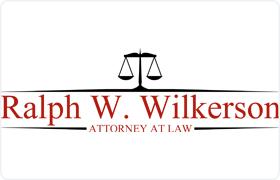 Cameron Bankruptcy & Debt Lawyers, Montana
Cameron Bankruptcy & Debt Lawyers, Montana
Sponsored Law Firm
-
 x
x

Click For More Info:
-
Ralph W. Wilkerson Attorney at Law
2722 3rd Avenue North Suite 400 Billings, MT 59101» view mapBankruptcy & Debt Get Help Starting Over
Allow our knowledgeable attorney to begin bankruptcy proceedings so you can put an end to harassing creditor phone calls.
800-785-0631
Not enough matches for Cameron Bankruptcy & Debt lawyer.
Below are all Cameron lawyers.
Lawyers
1-4 of 4 matches
Criminal, DUI-DWI, Government, Government Agencies



 Ralph Wilkerson Billings, MT
Ralph Wilkerson Billings, MT Practice AreasExpertise
Practice AreasExpertise